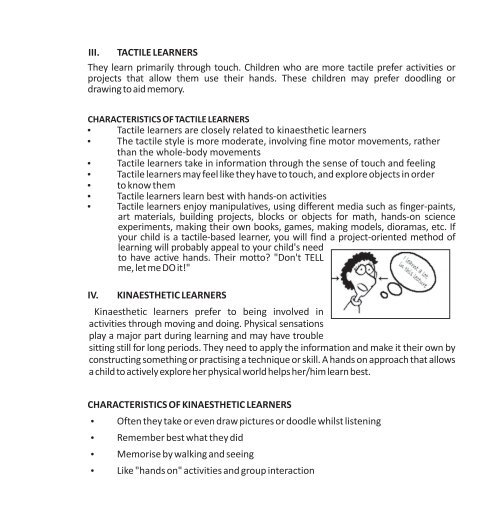Essentials for the Children's Minstry Teacher
Essentials for The Children's Ministry Teacher is a timely manual that provides a helpful guide filled with useful ideas and insight about the children's ministry and the kind of impact it should provide in church settings. It redefines the role of the children's ministry teacher as a Biblical Faith facilitator, being one who supports and reinforces the faith sharing initiatives of parents in the family. It presents children as a harvest field of souls waiting to be harvested for God's use and service to others. It is a must have book for children's ministry departmental teachers, pastors, parenting educators, parents and new church start-ups.
Essentials for The Children's Ministry Teacher is a timely manual that provides a helpful guide filled with useful ideas and insight about the children's ministry and the kind of impact it should provide in church settings. It redefines the role of the children's ministry teacher as a Biblical Faith facilitator, being one who supports and reinforces the faith sharing initiatives of parents in the family.
It presents children as a harvest field of souls waiting to be harvested for God's use and service to others. It is a must have book for children's ministry departmental teachers, pastors, parenting educators, parents and new church start-ups.
Create successful ePaper yourself
Turn your PDF publications into a flip-book with our unique Google optimized e-Paper software.
III. TACTILE LEARNERS<br />
They learn primarily through touch. Children who are more tactile prefer activities or<br />
projects that allow <strong>the</strong>m use <strong>the</strong>ir hands. These children may prefer doodling or<br />
drawing to aid memory.<br />
CHARACTERISTICS OF TACTILE LEARNERS<br />
Tactile learners are closely related to kinaes<strong>the</strong>tic learners<br />
The tactile style is more moderate, involving fine motor movements, ra<strong>the</strong>r<br />
than <strong>the</strong> whole-body movements<br />
Tactile learners take in in<strong>for</strong>mation through <strong>the</strong> sense of touch and feeling<br />
Tactile learners may feel like <strong>the</strong>y have to touch, and explore objects in order<br />
to know <strong>the</strong>m<br />
Tactile learners learn best with hands-on activities<br />
Tactile learners enjoy manipulatives, using different media such as finger-paints,<br />
art materials, building projects, blocks or objects <strong>for</strong> math, hands-on science<br />
experiments, making <strong>the</strong>ir own books, games, making models, dioramas, etc. If<br />
your child is a tactile-based learner, you will find a project-oriented method of<br />
learning will probably appeal to your child's need<br />
to have active hands. Their motto? "Don't TELL<br />
me, let me DO it!"<br />
IV.<br />
KINAESTHETIC LEARNERS<br />
Kinaes<strong>the</strong>tic learners prefer to being involved in<br />
activities through moving and doing. Physical sensations<br />
play a major part during learning and may have trouble<br />
sitting still <strong>for</strong> long periods. They need to apply <strong>the</strong> in<strong>for</strong>mation and make it <strong>the</strong>ir own by<br />
constructing something or practising a technique or skill. A hands on approach that allows<br />
a child to actively explore her physical world helps her/him learn best.<br />
CHARACTERISTICS OF KINAESTHETIC LEARNERS<br />
Often <strong>the</strong>y take or even draw pictures or doodle whilst listening<br />
Remember best what <strong>the</strong>y did<br />
Memorise by walking and seeing<br />
Like "hands on" activities and group interaction


